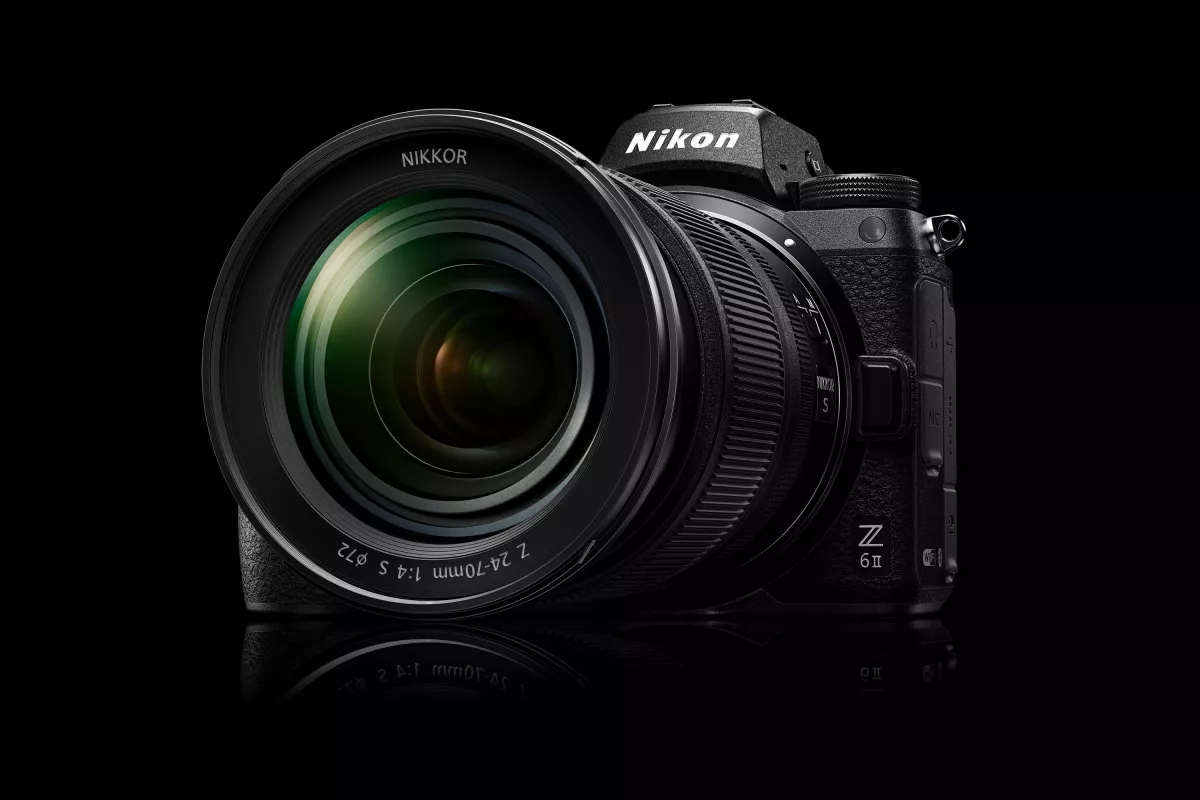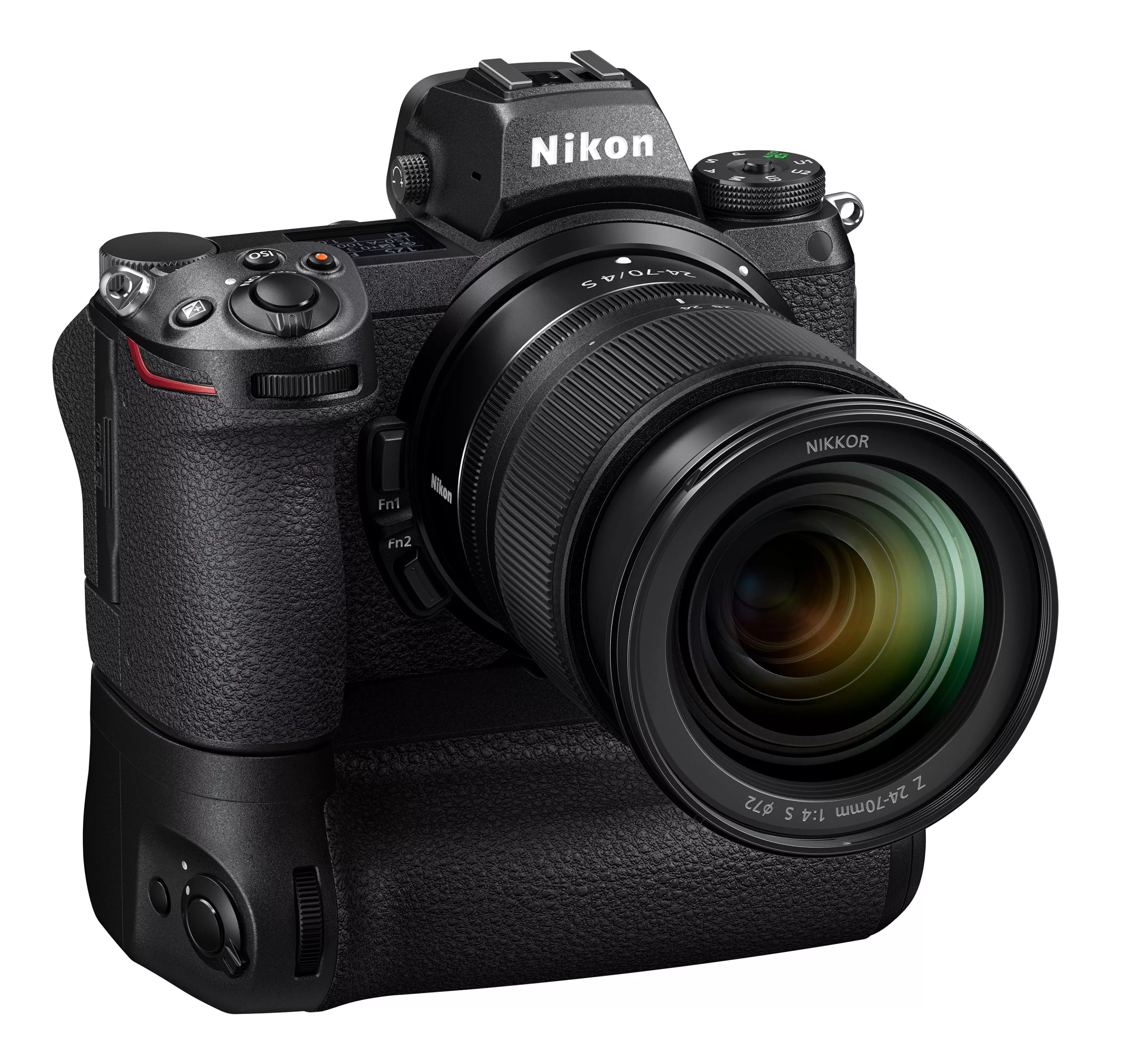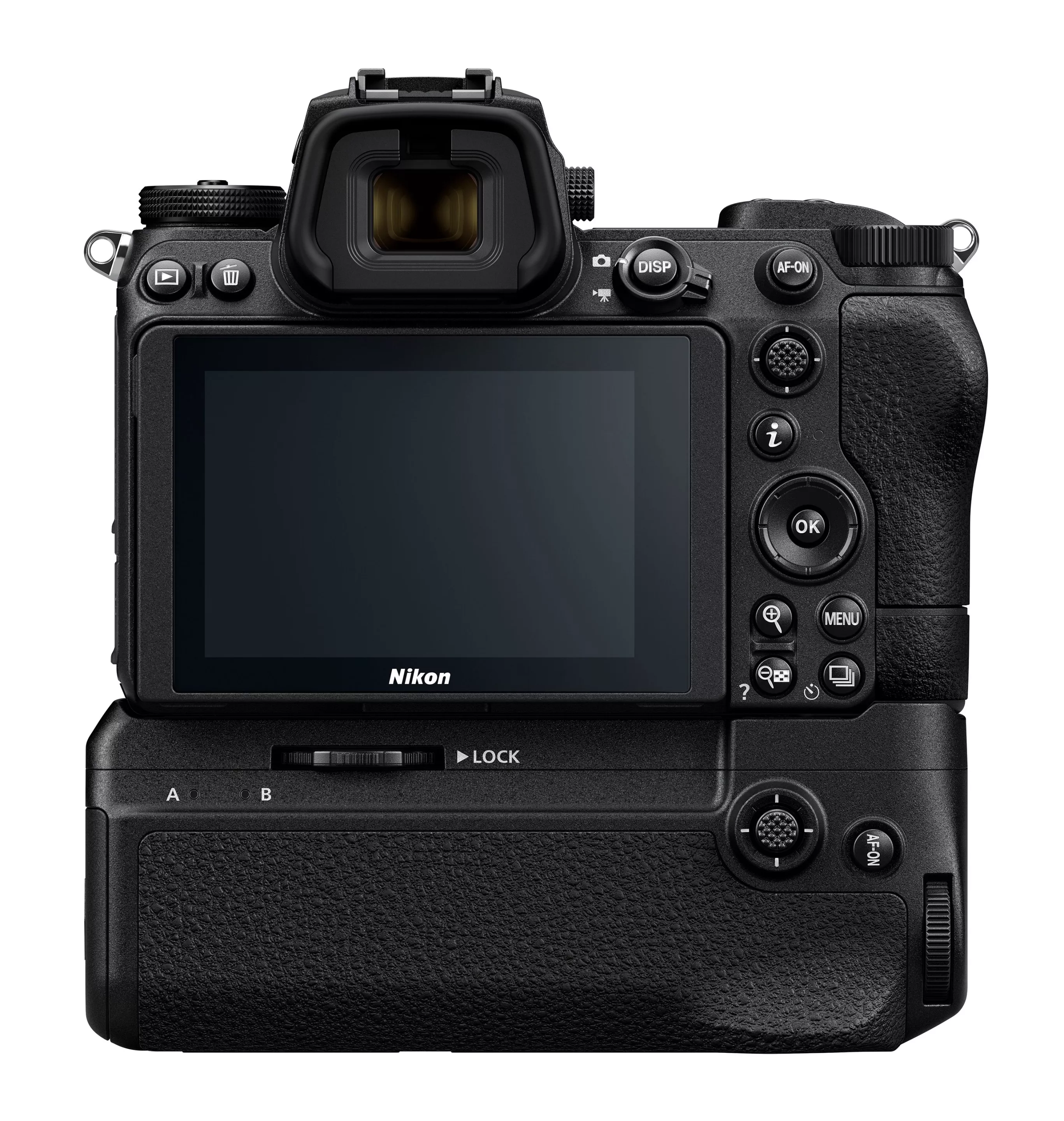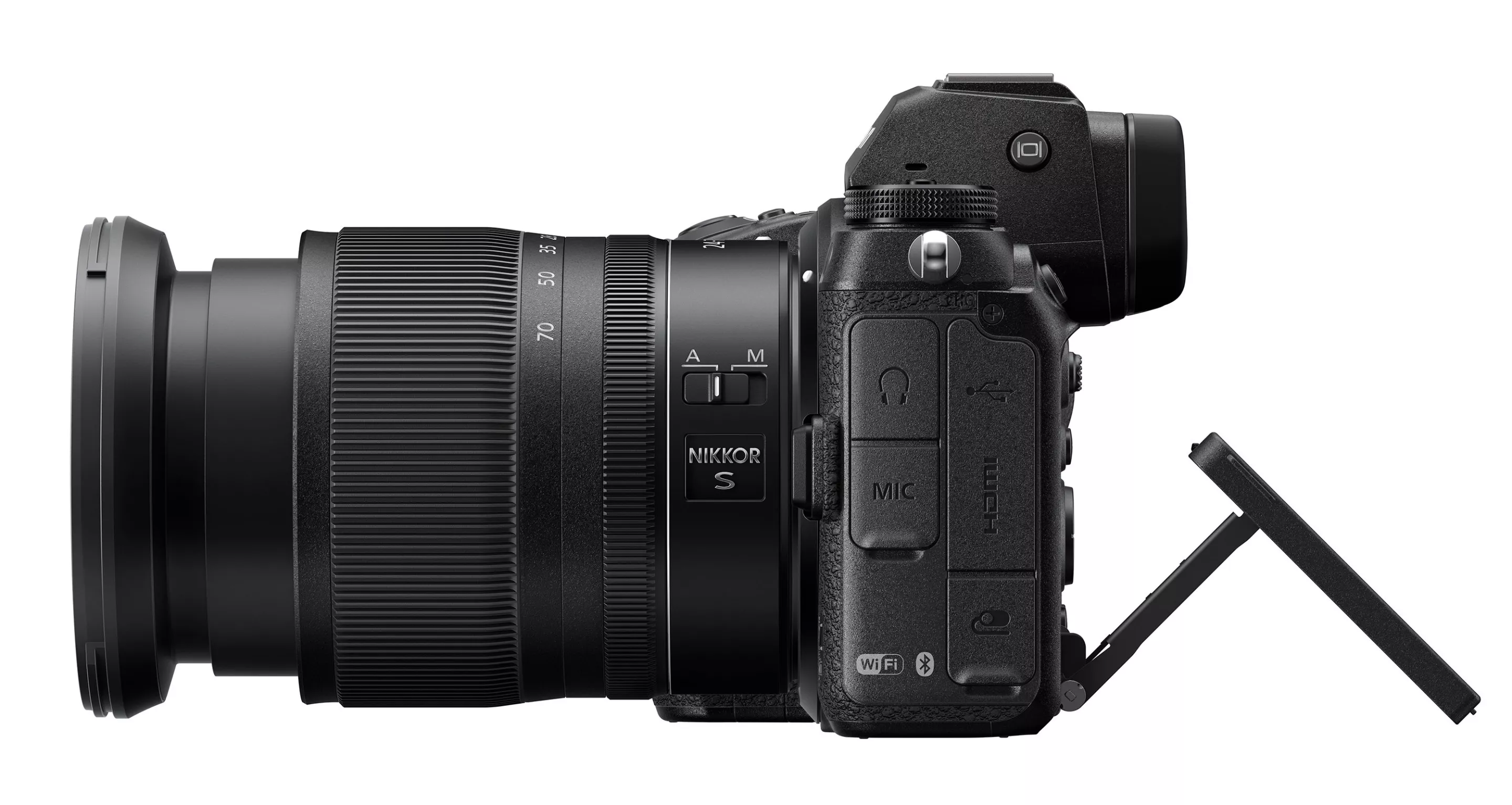Nikon went full-frame mirrorless around two years ago with the launch of the Z6 and Z7 cameras, and has now announced the second generation – with more processing power, more features and "more of what users want."
"These are the cameras that many have been waiting for from Nikon," said the company's Jay Vannatter. "The new Z 7 II and Z 6 II demonstrate our commitment to listening to customer feedback, while also establishing the new standard for performance, quality and versatility for every type of creator, photographer or filmmaker."
The first feature of note here is that Nikon has managed to cram two Expeed 6 image processors for increased processing speed and a boost to burst shooting speeds and buffer capacity. Though the megapixel count for both cameras remains the same as before – at 45.7 for the Z7 II and 24.5 for the Z6 II – and light sensitivity specs don't budge either, continuous shooting at full resolution gets a bump from 9 frames per second to 10 fps in the Z7 II and 12 fps to 14 in the Z6 II. And the new Z7 also rocks more than three times the buffer capacity of its predecessor, while the new Z6 bumps that up to 5x more than the model before it.

The autofocus system has been improved too, now making eye and face detection available in Wide-Area AF (L) mode, and the low-light AF detection range has been expanded so that focus can be acquired in conditions as low as -3 EV5. The Z7 II features 493 phase-detect AF points with 90 percent frame coverage, while the Z6 II offers 273 phase-detect AF points.
On the video front, 4K UHD video at up to 60p is available at launch for the Z7 II, with a firmware upgrade adding that functionality to the Z6 II in February 2021. The second gen cameras are the first from Nikon to support both eye-detection autofocus and animal-detection AF for video recording, and for filmmakers used to manual focusing with cine lenses, Nikon has included the ability to reverse the focus ring orientation as they go.
Creators have been given more detail, dynamic range and contrast to work with in post-production thanks to 10-bit N-Log and HDR output, while more control can be had with an optional 12-bit ProRes RAW upgrade.
Elsewhere, both cameras benefit from a weather-sealed, magnesium-alloy build for shoots in all conditions, up to five stops of shake compensation are available from the in-camera vibration reduction system, and there's now a CFExpress/XQD slot and an SD card slot.
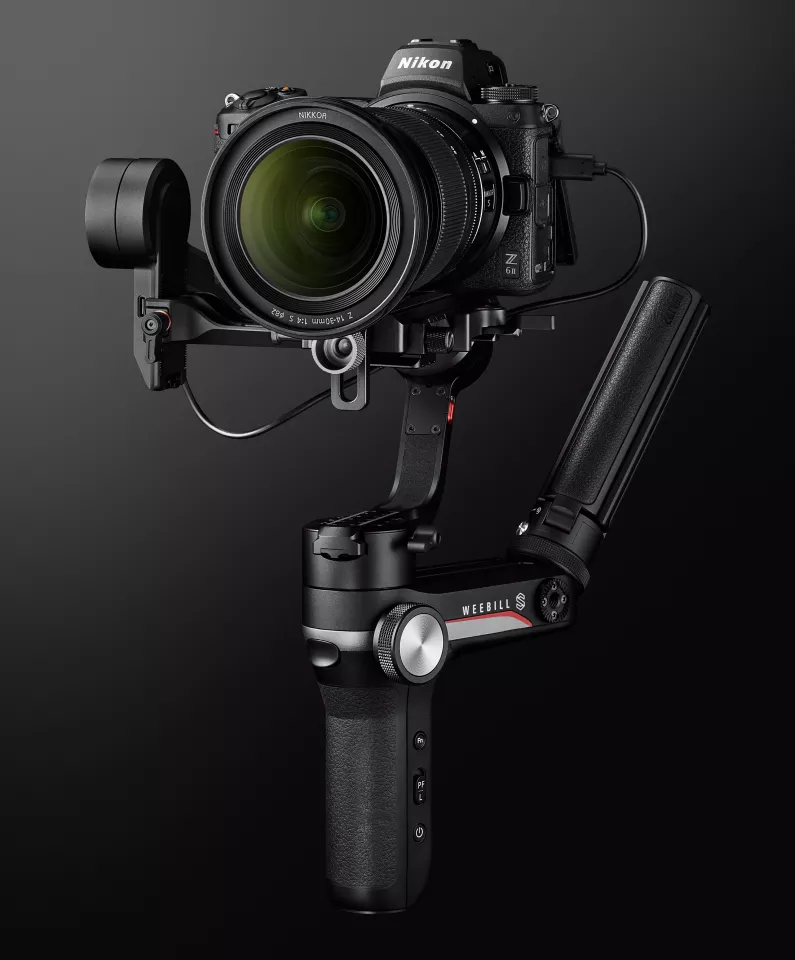
The cameras can draw power from a USB power source while in use to save on battery life, there's 802.11n Wi-Fi and Bluetooth 4.2 for wireless data transfer and remote operation, long exposure up to 900 seconds is available for taking in the night sky, and the second generation models are compatible with the Nikon Webcam Utility beta software that allows them to be used as a high quality webcam.
Users can currently choose from 16 Z-mount lenses, but Nikon is planning to increase that to 24 by the close of 2021.
As before, the first model to go on sale will be the Z6 II in November for a body-only price of US$1,999.95 or with a NIKKOR Z 24-70mm f/4 lens for $2,599.95. The Z7 II will follow a month later for $2,999.95 body only, or $3,599.95 with the same kit lens as the Z6.
